
When Sinai Temple hired Sherre Hirsch as its first woman rabbi, it was seen as a way to attract more women to shul. Its impact can still be felt more than 25 years later.
Take, for example, Temple Beth Am’s Rabbi Rebecca Schatz. She grew up at Sinai Temple when there were no female rabbis there. Both of her parents worked at Sinai, so she was there as a student and very integrated into the shul community. When it came time for her bat mitzvah, Sinai had just hired Hirsch. “I was really taken with learning Torah with a female rabbi, which I never had done before,” she said. Not only that, the experience of being able “to learn with someone who was young, vibrant and excited about Torah” really moved her.
Schatz was quick to add that she meant no disrespect to the men she had been learning with; they were solid, too, she said. But it felt “so exciting” to suddenly start learning with someone who looked like her. It was an eye-opener that females could be rabbis,” Schatz said. It was a great feeling “to see myself in somebody who was teaching Torah. Really nice to be able to speak to a woman about Torah. Nothing that we learned was specifically feminine. It was just nice to be able to see myself for the first time in someone doing this work.” She is sure the experience affected her career choice “Yes I was young,” she said, “but at that point I thought I would be interested in becoming a rabbi.”
She acknowledges that she took a somewhat circuitous path before Rabbinical School. Judaism, though, always was a dominant part of her narrative.
She attended Milken Community High School, where music was a big part of her life. Her father, Dale Schatz, is a teacher, cantor and professional musician. Rebecca, oldest of the four Schatz children, sings and plays violin.
“I was musical in lots of ways,” she said. “In high school I studied it seriously with a teacher, Kelly Shepard, who became my mentor and a close family friend.” His picture is prominent on a wall of her Beth Am office.
Since Shepard was an alumnus of Indiana University she decided to study there. “As my mentor, I was excited to do what he had done,” Rabbi Schatz said. “I got into the Music School, which then was the best in the country.”
She earned her Bachelor’s in choral music education at Indiana. She minored in Hebrew, but music was her focus. As an undergrad, she started a Jewish a capella group, Hooshir. Their first performance was for President Bush’s Hanukkah party.
She is not someone who needs to be in the spotlight or thrives on performing as an individual, she said. “My degree was in conducting and music education. I wasn’t a vocal performance major. I found myself teaching and in ensembles. This is how I like it – to be the educator or within the ensemble.” Although as a rabbi, she sings all the time by herself, she much prefers “when people want to sing with me.”
What finally turned her to the rabbinate? “In college, my music was very much connected to my Judaism. I became quite religious my last two years at Indiana University.”
That led to her next choice, getting her Master’s at American Jewish University. “My first day in the Master’s program at AJU,” she said, “Rabbi Bradley Shavit Artson, dean of the Ziegler School, taught a text study. It clicked for me that I wanted to become a rabbi after I got my Master’s.”
Last month she celebrated her eighth anniversary at a job she had dreamed about. “What turned me on to the rabbinate,” she said, “was the learning and the ability to teach text, to learn more about people and their interest in Judaism.”
Becoming a pulpit rabbi did not appeal to her until she drew an internship at Temple Beth Am in 2013. Next came an internship in Northern California where she ended up being the rabbi for two years after graduation. It felt good to her, and it happened in a way that could not have been planned.
She next took an internship at Peninsula Sinai Congregation, in the Bay Area, which didn’t ring any bells for her. However, the senior rabbi, Corey Helfand, had discovered an impressive young girl when he was visiting Camp Ramah in Ojai. But Schatz didn’t want to be a pulpit rabbi. She preferred using her Master’s in Education in a school teaching choir. To prove she didn’t want to be a pulpit rabbi, she recalls, “I decided to take internships in the pulpit. Instead, it proved to me it was what I wanted.”
Since starting full-time at Beth Am in 2019, she has seen it as a creative hub to try out new ideas.
Growing up, she imagined a pulpit rabbi’s life was sitting in an office all week writing sermons, then getting up on a bimah and delivering. “I didn’t realize so much of a pulpit rabbi’s life is engaging in meetings with people, doing tons of lifecycle events, helping people through the happiest and toughest times of their lives, and doing a lot of teaching,” she said with a smile.
Fast Takes with Rabbi Schatz
Jewish Journal: Your next career goal?
Rabbi Schatz: A major goal is to allow everyone to feel comfortable in Judaism.
J.J.: The moment each week you anticipate most?
R.S.: As soon as Shabbat starts and being able to reflect on the week.
J.J.: Your favorite American vacation spot?
R.S.: Laguna Beach where my family has a home. I go there to find peace and calm.
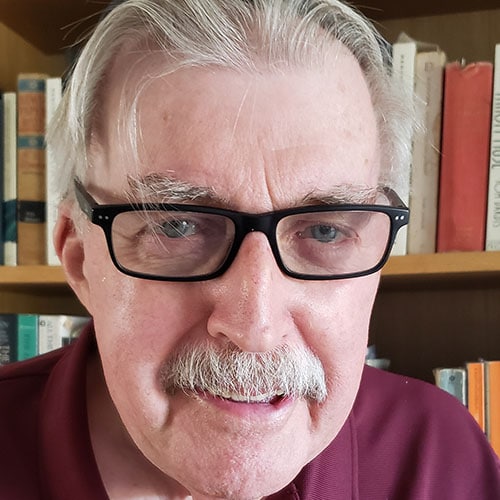

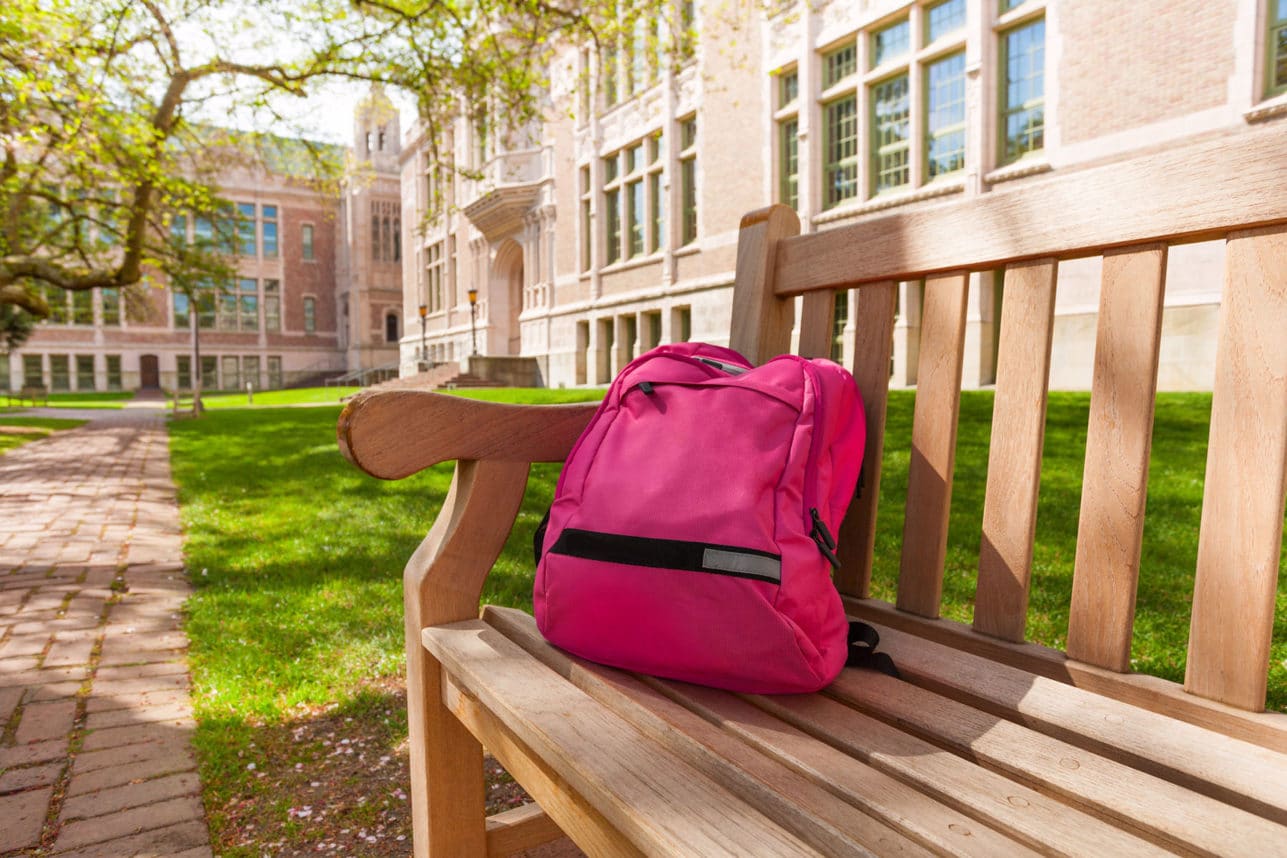


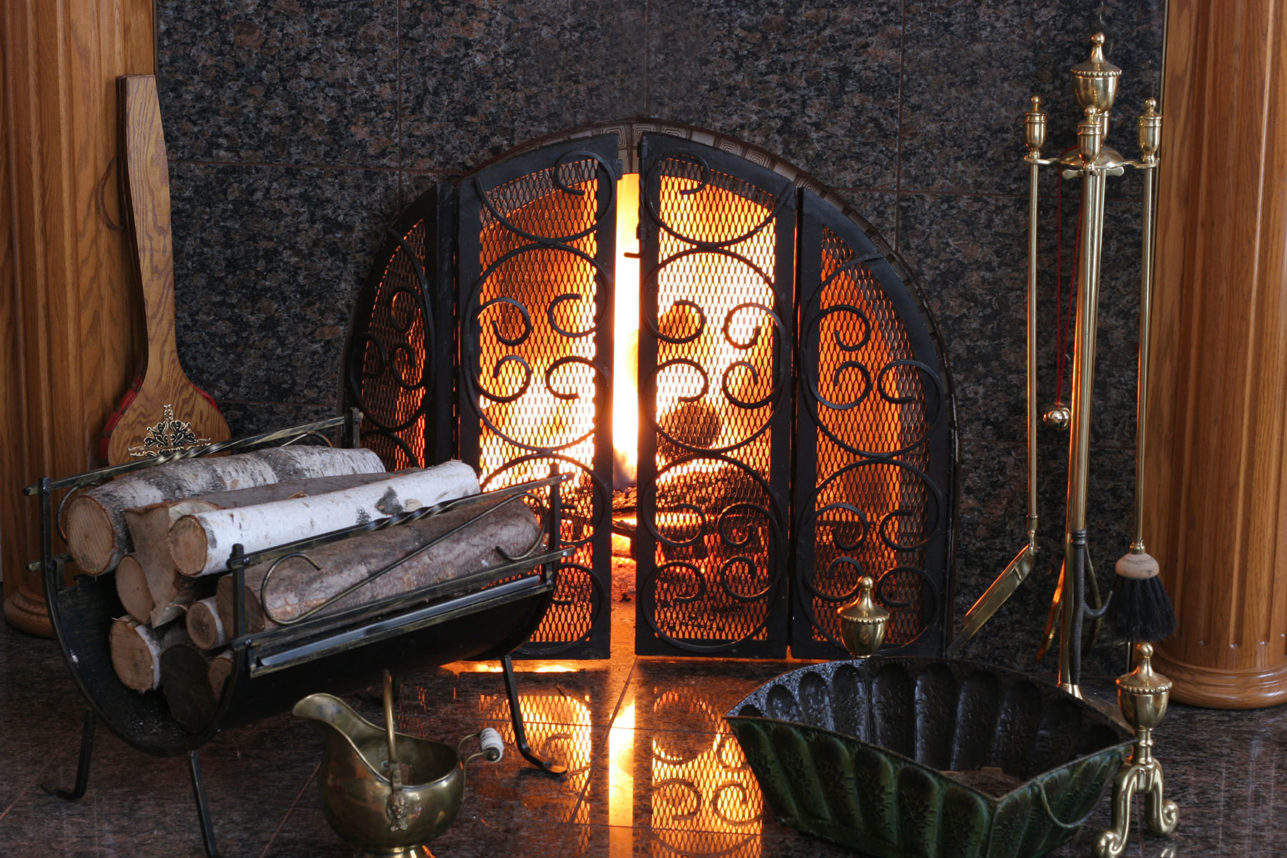

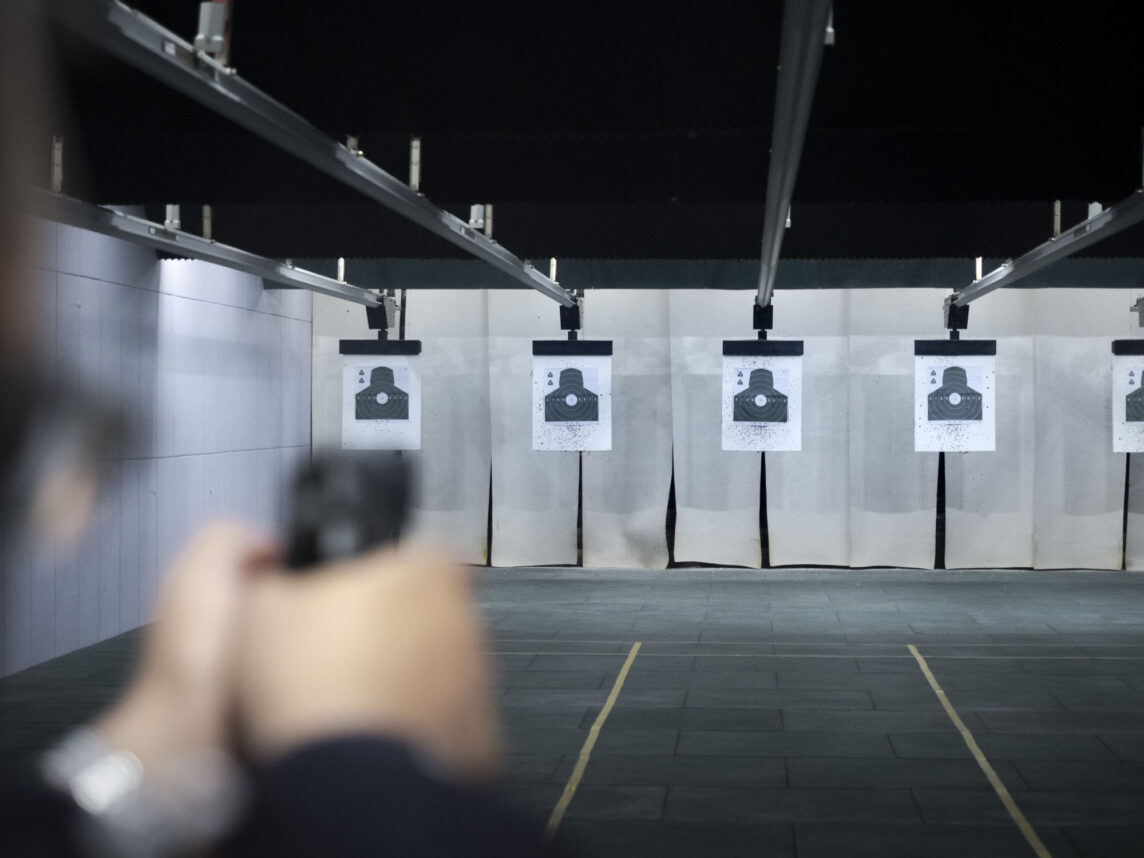

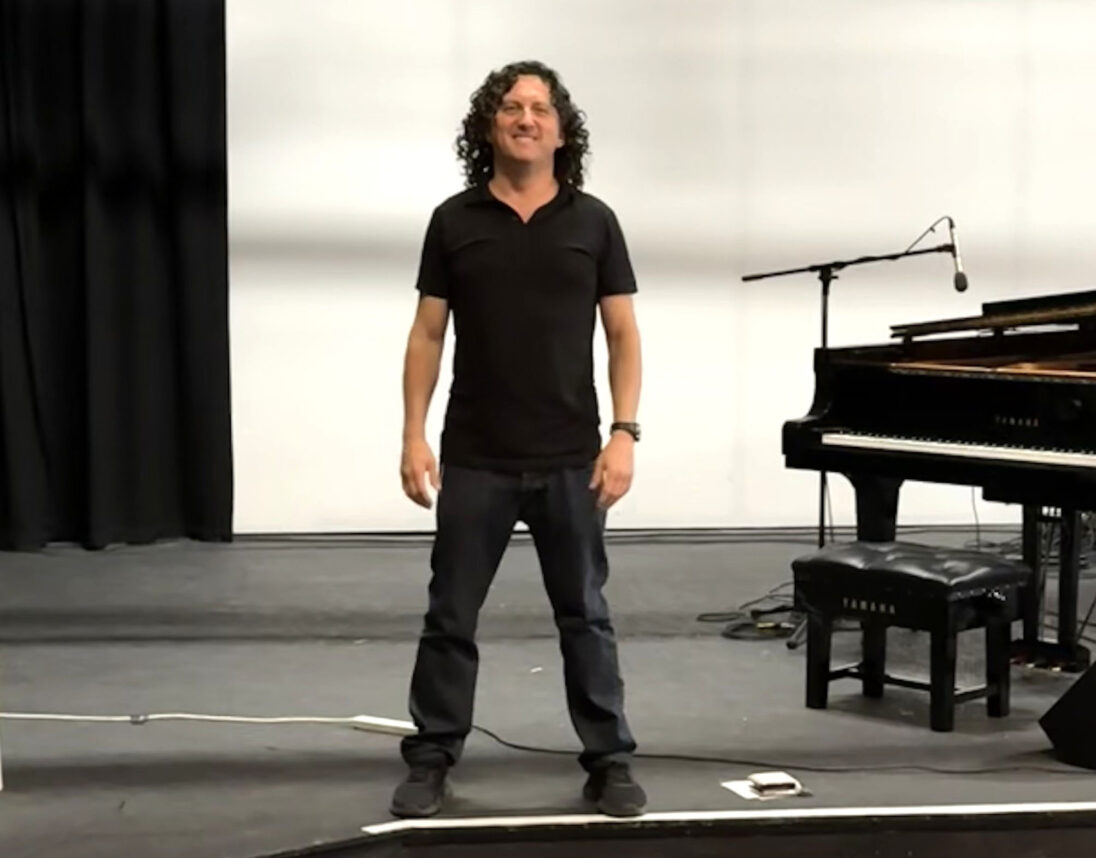



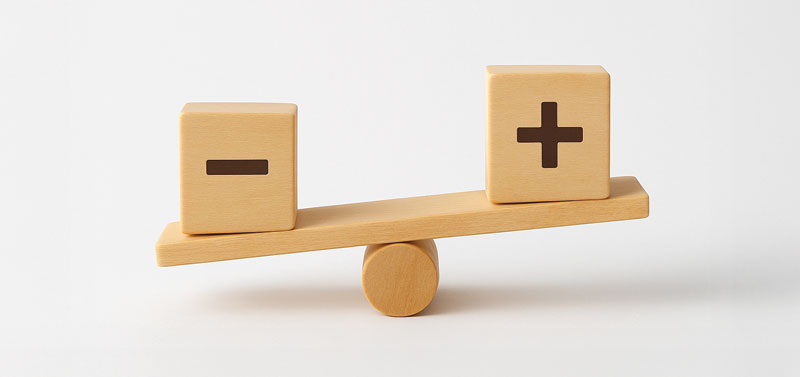

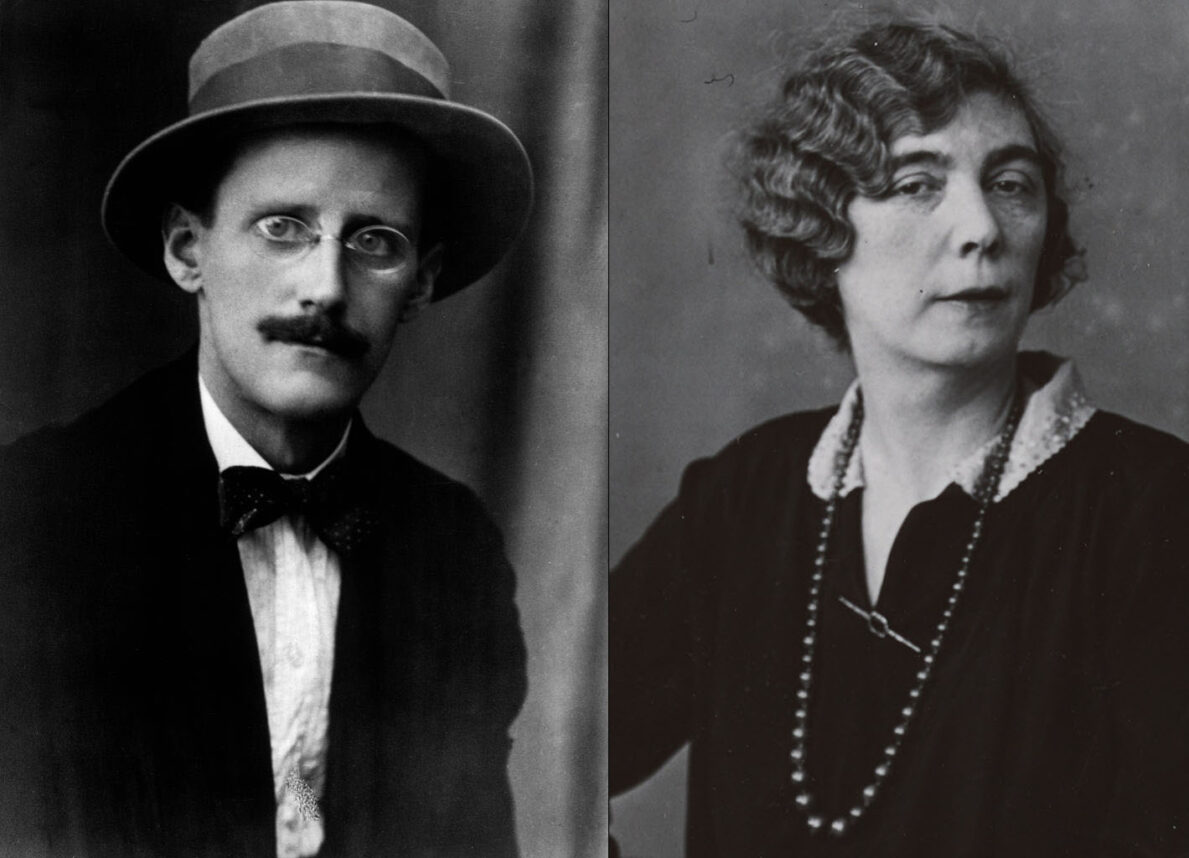
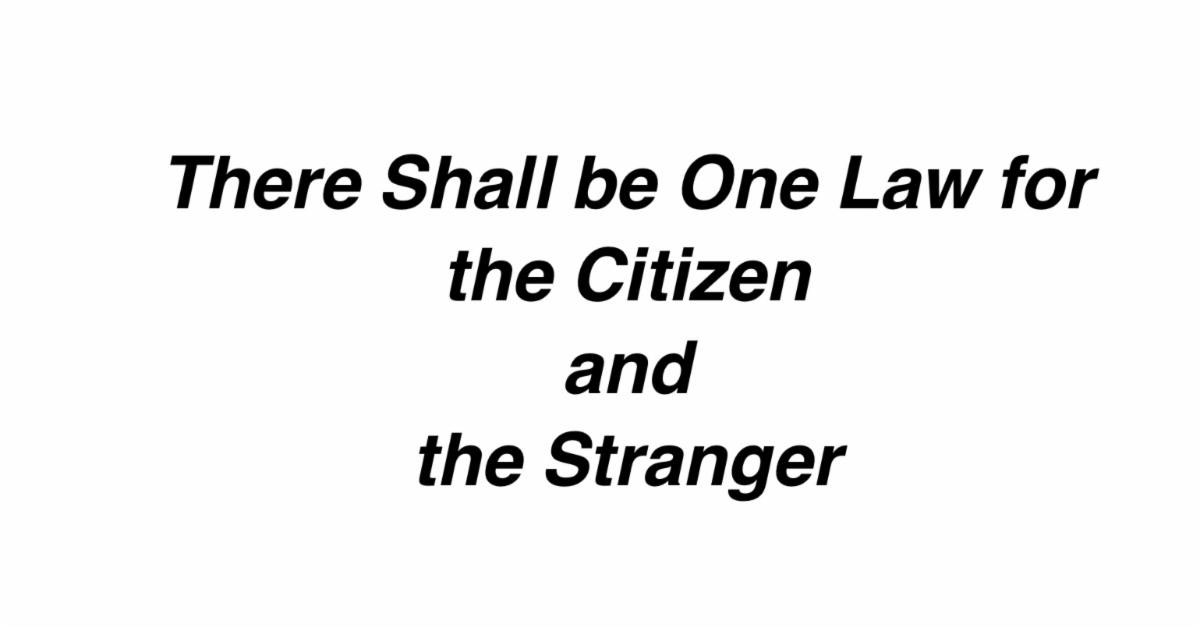

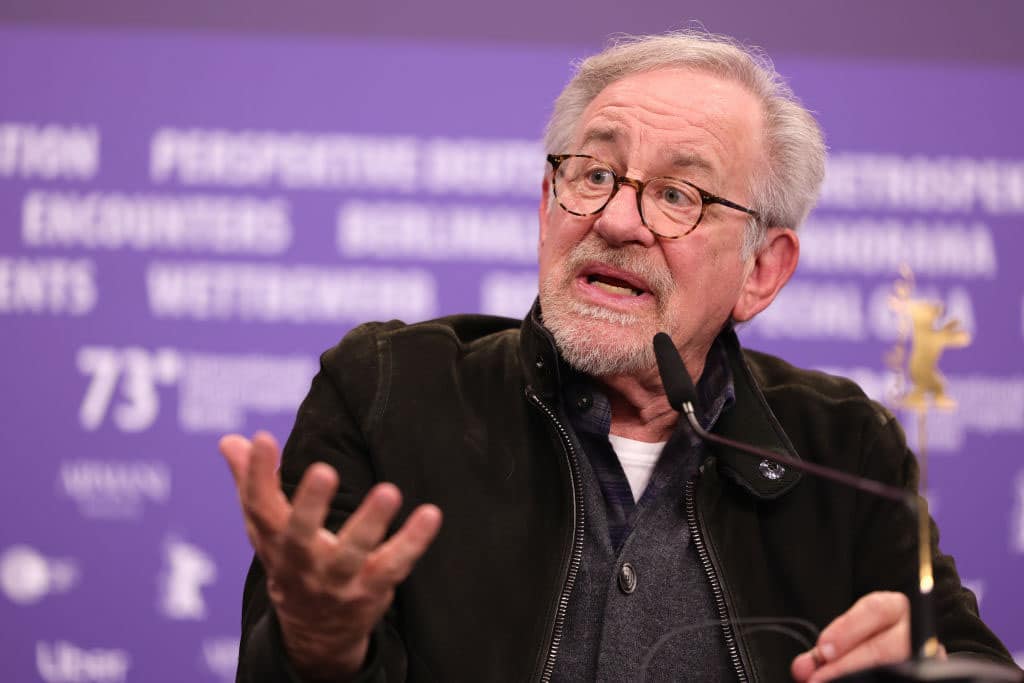


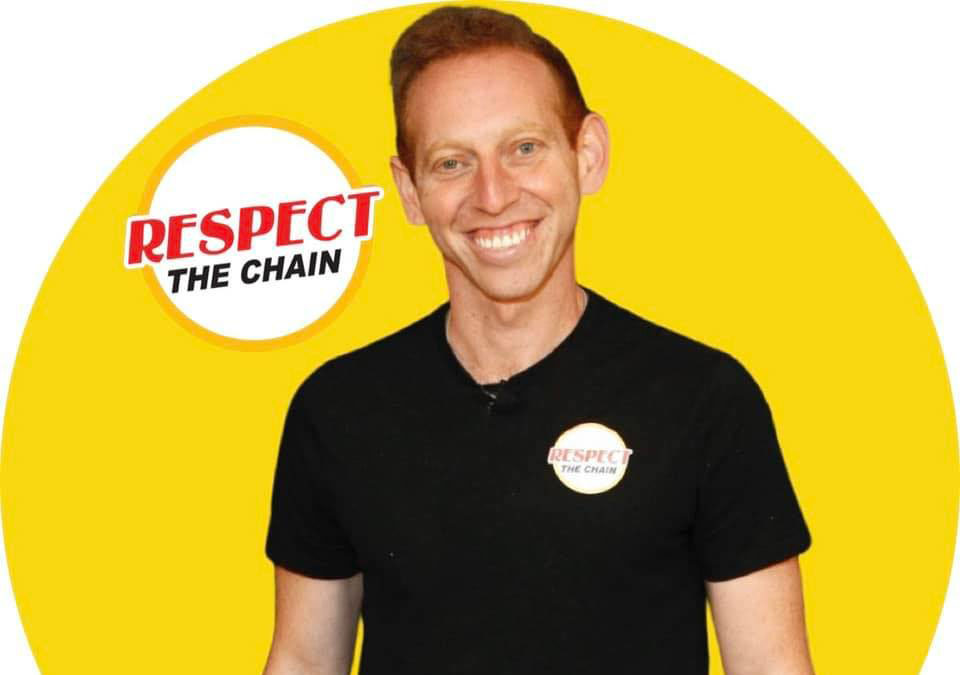


 More news and opinions than at a Shabbat dinner, right in your inbox.
More news and opinions than at a Shabbat dinner, right in your inbox.